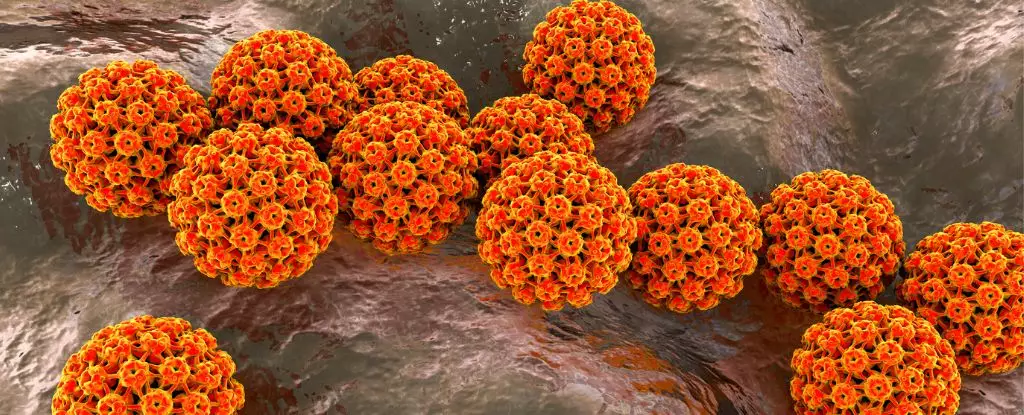Recent studies have highlighted a growing health concern for men: the risk of developing dangerous forms of oral human papillomavirus (HPV) infection, which can lead to oropharyngeal cancers. Historically considered a concern mainly for women due to its link to cervical cancer, this virus is now recognized as a significant threat to male health. The alarming rise in oropharyngeal cancers—particularly in regions like the United States and Europe—has prompted researchers to emphasize the need for improved vaccination coverage, particularly among men who may have missed their opportunity for early vaccination.
Data indicates that oropharyngeal cancers are surging significantly, particularly among men, even those who do not exhibit traditional risk factors such as smoking or excessive alcohol consumption. It suggests that a preventable infection is playing a considerable role in this troubling trend. A study conducted on over 3,000 healthy men between the ages of 18 and 70 revealed that the risk of acquiring new, cancer-causing strains of HPV remains consistent across different ages, indicating that susceptibility to the virus persists throughout one’s lifetime. This finding challenges the common perception that HPV primarily affects younger populations.
HPV is known to be sexually transmitted, with certain strains, particularly HPV-16 and HPV-18, accounting for up to 90 percent of oral cancer cases associated with the infection. Thankfully, effective vaccines exist that can protect individuals from these high-risk strains. However, a concerning gap in vaccination rates has emerged, particularly among young males. Statistics show that young men receive the HPV vaccine at much lower rates than their female counterparts, a disparity that could help explain the rise in oropharyngeal cancers in men, even as rates of cervical cancer have dropped.
The Centers for Disease Control and Prevention (CDC) advocates for HPV vaccination in all individuals up to the age of 26, highlighting its potential to prevent several forms of cancer. For those over this age, the vaccine is recommended only under specific circumstances, such as immunocompromised individuals or those with other risk factors. Unfortunately, this creates a perception that vaccination becomes less critical after a certain age, which could be misguided.
The findings from recent research suggest that HPV vaccinations for older males may still provide substantial benefits, contradicting previous assumptions about the risks of exposure to HPV with age. The lack of rigorous studies on the lifetime risk of oral HPV infections among the male population has left significant gaps in understanding this public health issue. Many previous investigations mainly focused on men with male sexual partners, neglecting other possible transmission routes, such as skin contact or fingering.
Researchers at the Moffitt Cancer Center conducted a comprehensive study, taking oral gargle samples from an extensive group of male participants over several years. The results revealed that nearly 20 percent of the participants had a prevalent oral HPV infection at the start of the study, with almost 6 percent being infected with a strain associated with cancer. This underlines the urgency of addressing male HPV infections more comprehensively.
The findings of this study shed light on the necessity of continued vigilance in combating oral HPV infections among men. As pointed out by epidemiologist Anna Giuliano, the consistent rate of HPV acquisition across all ages—and the notable regional variations—highlights the need for a more personalized approach to vaccination strategies. Awareness campaigns targeting men of all ages, especially those who missed earlier vaccinations, are essential to mitigate HPV-related health risks.
HPV-16 emerged as the most commonly found strain in this cohort, with various risk factors influencing its transmission. Factors such as alcohol intake, the number of sexual partners, and educational attainment correlated with a higher likelihood of acquiring this strain. As men age, their risk of developing HPV-related oral cancers escalates, emphasizing the need for ongoing education and availability of preventive measures.
The rising incidence of oral HPV and associated cancers among men must be addressed through concerted public health efforts. By increasing awareness, improving vaccination rates among males, and developing tailored strategies for older populations, we can work towards halting the disturbing trend of oropharyngeal cancers. Only through collective responsibility and innovative public health initiatives can we hope to reduce the burden of HPV-related illnesses in men and create a healthier future.


Leave a Reply